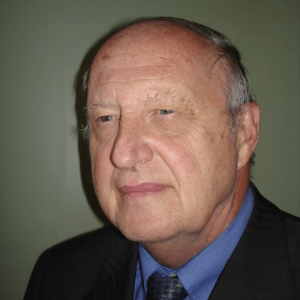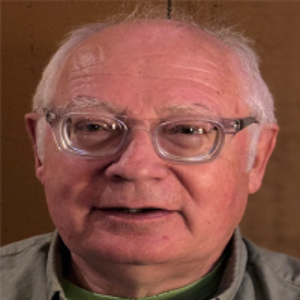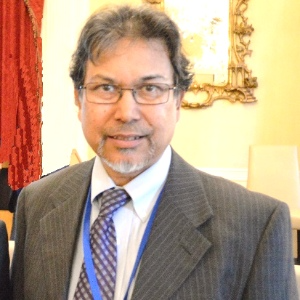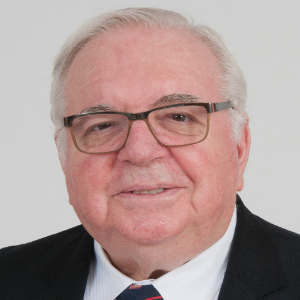Smart materials and structures represent a cutting-edge interdisciplinary field that integrates advanced materials with innovative engineering designs, enabling dynamic and adaptive responses to external stimuli. These materials possess unique properties that can be altered or manipulated in real-time, offering a dynamic range of applications across various industries. One prominent category of smart materials includes shape memory alloys, capable of returning to a predetermined shape upon the application of heat or stress. Another noteworthy example is piezoelectric materials, which generate electrical charges in response to mechanical deformation, thus finding applications in sensors and actuators. Smart structures leverage these materials to create systems that can sense, process, and respond intelligently to environmental changes, leading to enhanced performance and functionality. These materials are revolutionizing fields such as aerospace, where adaptive wings and surfaces can optimize aerodynamics, and civil engineering, where smart structures can monitor and adapt to changes in load or environmental conditions. In the healthcare sector, smart materials find applications in the development of implantable devices that respond to physiological cues, ensuring personalized and effective treatment. The integration of smart materials in consumer electronics, such as smart fabrics with embedded sensors, is transforming the way we interact with technology. Additionally, advancements in nanotechnology contribute to the development of smart materials with unprecedented properties, enabling applications in fields like energy storage and efficient drug delivery systems.

Ephraim Suhir
Portland State University, United States
Thomas J Webster
Interstellar Therapeutics, United States
Robert Buenker
University of Wuppertal, Germany
Will Skene
Montreal University, Canada
Valeriy A Buryachenko
Micromechanics & Composites LLC, United States
Anis Rahman
Applied Research & Photonics, Inc, United States
Will Skene
Montreal University, Canada
Robert Guidoin
Laval University, Canada
Robert Buenker
University of Wuppertal, Germany


Title : Introducing picotechnology: An exciting extension of nanotechnology
Thomas J Webster, Interstellar Therapeutics, United States
Title : The failure of both einsteins space-time theory and his equivalence principle and their resolution by the uniform scaling method
Robert Buenker, University of Wuppertal, Germany
Title : Material challenges with proton conducting ceramics for intermediate temperature hydrogenation/dehydrogenation applications
Saheli Biswas, Commonwealth Scientific and Industrial Research Organisation, Australia
Title : Porphyrin layers at metal-electrolyte interfaces monitored by EC-STM and CV
Marek Nowicki, University of Wroclaw, Poland
Title : Color control of electrochromes by structural modification
Will Skene, Montreal University, Canada
Title : Make experiments more efficient: Two simple and powerful approaches. Mg2Si growth for photovoltaic and thermoelectric applications
Alexander S Gouralnik , Institute of Automation and Control Processes, Russian Federation
Title : Reconfigurable antenna structures using tunable materials
Nasimuddin, Institute for Infocomm Research, Singapore
Title : (0, 1 and 2) Dimensional hybrid architecture of the synthesized materials leads the smart sensing of the gaseous species at low/room temperature
D R Patil, North Maharashtra University, India
Title : Enhanced grain refinement, precipitates regulation, and improved mechanical properties of cast Al-Li alloy by Ti addition and heat treatment
Lixiong Shao, Shanghai Jiao Tong University, China
Title : Broadband sound attenuation of shape memory polymer with triangular-honeycomb unit cell metamaterial structural design
Musaab Ejaz, Universiti Teknologi PETRONAS (UTP), Malaysia